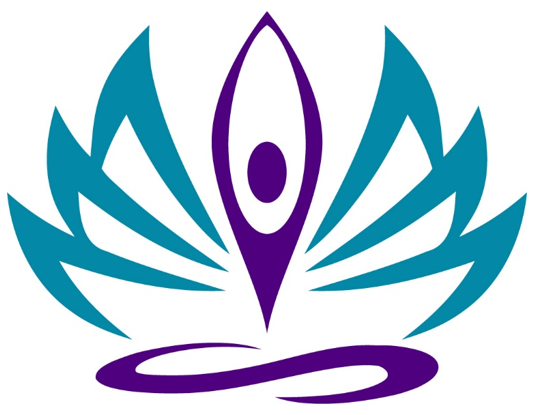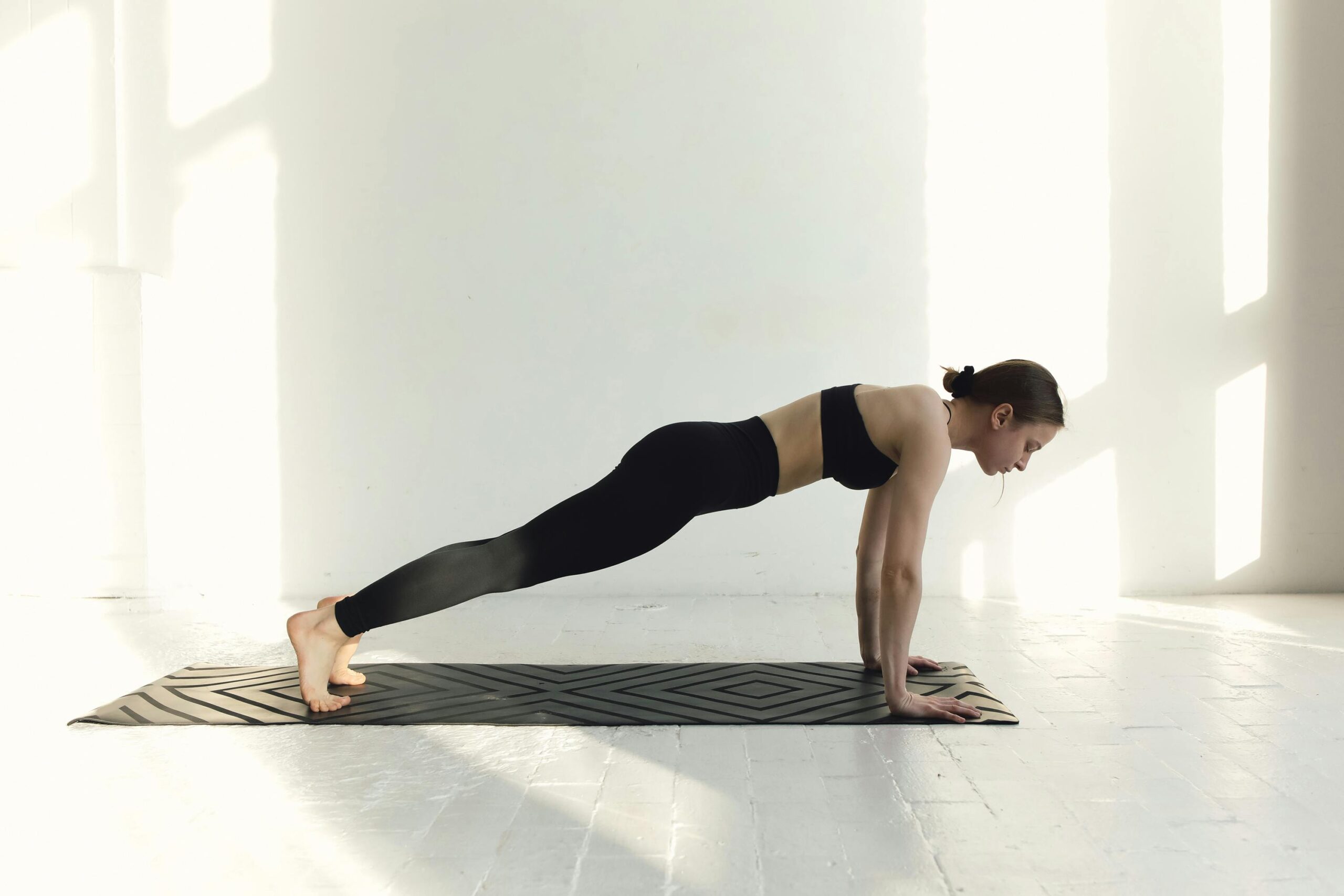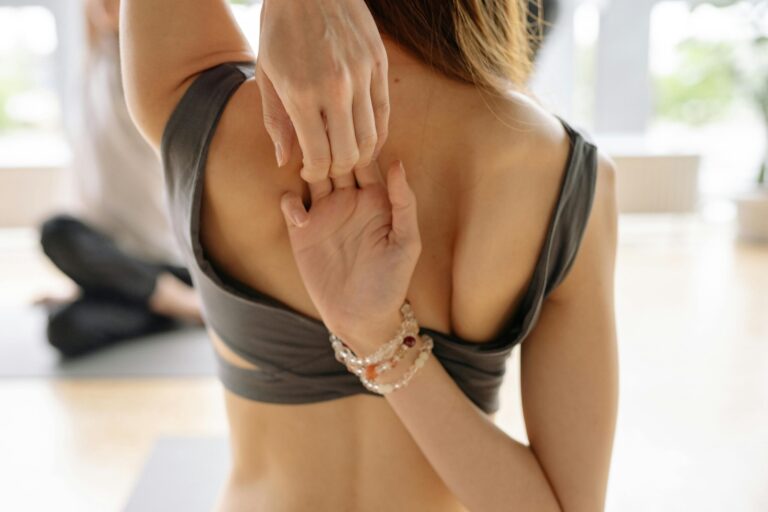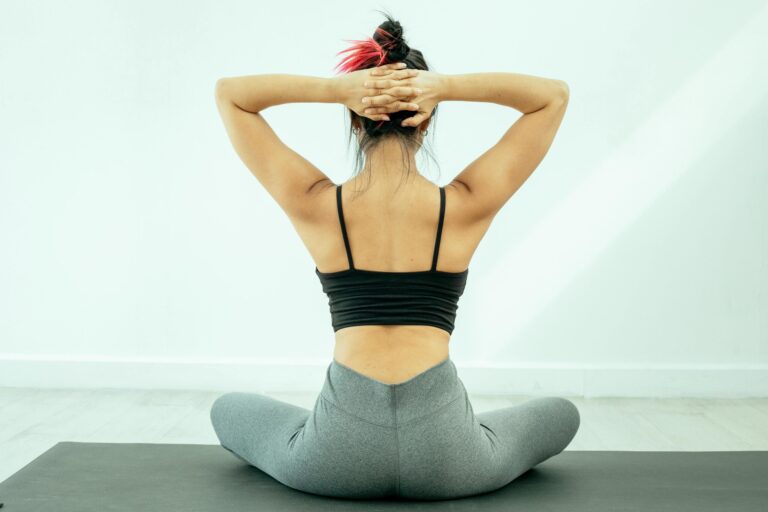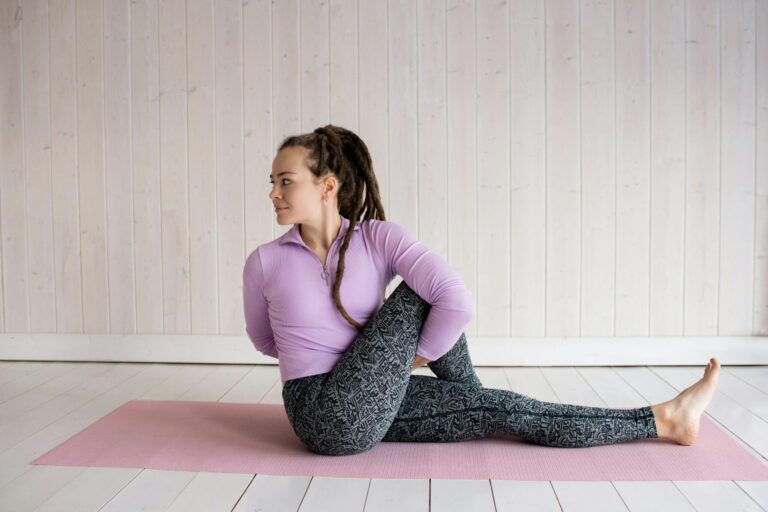Discover the biomechanical secret of the perfect yoga plank!
The plank is a seemingly simple, yet incredibly effective posture that builds strength, stability and body awareness. However, its simplicity also carries the risk of improper execution, which can lead to overuse instead of the desired strengthening. In this article, we'll dive deeper into the biomechanical principles that will help you improve your Plank - especially the "Yoga Plank" - perfectly aligned and thus get the best out of this powerful pose.
Why the correct alignment of the plank is so important
An upright posture is more than just an aesthetic ideal; it is Essential for physical health, mental clarity and strong self-confidence. The human body is made for movement, alignment and variability. The plank is a static posture designed to stabilize the entire body in a straight line - however, the "yoga plank" defines this line in a special, biomechanically sensible way. Precise alignment in the plank is crucial to stabilize the Effectively strengthen core muscles and at the same time protect joints such as the shoulders, wrists and lower back.
Biomechanical basics for your perfect plank
Before we get into the details of execution, let's look at some important biomechanical concepts that will significantly influence your plank:
1. Pelvic stability and torso activation:
The pelvis plays a central role in the stability of the entire trunk. Postural problems such as a hollow back or hunched back, Asymmetries or lateral pelvic shifts are caused by neuromuscular patterns. The plank is a wonderful exercise for optimally aligning the pelvis and chest in the sagittal and transverse plane. You should use a Neutral pelvic position to find stability for the entire trunk and minimize postural problems.
2. Diaphragmatic breathing (diaphragmatic breathing):
The Core muscles is the key to stability in the plank. These muscles work closely with the diaphragm. The Diaphragmatic breathing plays a central role in yoga, as it connects the body and mind and can significantly increase the mobility of the entire body. Conscious diaphragmatic breathing supports the activation of the lateral abdominal muscles, which is essential for a stable plank.
3. Shoulder health and grounding:
The shoulders carry a large part of the body weight in the plank. It is important to keep the shoulders active and stable and "unequal shoulders" to avoid a slump. Actively grounding the hands and creating space between the shoulder blades protects the joints and promotes a stable base.
4. Natural asymmetries of the body:
The human body exhibits natural asymmetries. A typical asymmetry is that the right front of the chest is stronger and more compactwhich often leads to more restricted breathing on this side. Incidentally, this also generally applies to left-handers. To counteract this asymmetry, it makes biomechanical sense in the plank, apply a little more pressure to the left hand than to the right hand. The right hand is then used more for stabilization, while the left hand works actively.
The correct alignment of the yoga plank: step by step
I have recorded a short video in which I explain the correct alignment of the plank. You can find it here:
Alternatively, you will find written instructions below with specific recommendations for a Biomechanically sensible "yoga plank".
1. Starting position - The base in your hands:
- Start in a quadruped position or from the upper push-up position
- Place your hands directly under your shoulders with your fingers spread wide apart.
- Press your palms firmly into the floor and imagine you want to grip the mat with your hands. This creates the necessary stability in your hands and relieves the strain on your wrists.
- The arms are stretched but not overstretched (do not push your elbows through).
2. Shoulders and upper back - create space:
- Move your shoulder blades slightly apart and away from your ears. Imagine creating space between your shoulder blade and ear and between your shoulder and spine.
- Push out slightly between the shoulder blades without rounding completely - it's about creating space. This prevents the shoulders from slumping and supports shoulder health.
3. The center - torso, pelvis and legs:
- Activate your abdomen by gently pulling your belly button towards your spine.
- VERY IMPORTANT for the "yoga plank": The classic yoga plank is NOT a line from head to toe. Instead, you bring the buttocks slightly higher.
- Imagine that you tilt your pelvis back a little. You will notice how your abdominal muscles and thighs work very well.
- Avoid squeezing your buttocks tightly together. This pushes you down and can also force the pelvis into an outward rotation. We primarily want to activate the abdominal and core muscles as well as the thighs. Activating the thighs also helps to keep the spine long.
- Stretch one leg backwards at a time and tense your thighs powerfully.
4. Head and neck:
- Your head is in line with your spine. Look slightly down towards the floor to keep your neck long.
5. The biomechanical insider tip - asymmetric activation:
- To counteract the natural asymmetries of your body (especially the stronger right side of your chest): Put a little more pressure into your left hand than your right.
- Imagine you are doing a one-handed plank with your left hand, while your right hand is only there to stabilize you. You will still have weight and tension on the right side, but consciously a little less.
6. Breathing - using the diaphragm:
- Deep diaphragmatic breathing is also crucial in the plank. Breathe in and out calmly and deeply so that you feel your lower ribs expand. Exhale completely to activate the lateral abdominal muscles and thus promote core stability.
Common mistakes in the plank and how to correct them
Sagging lower back (hollow back):
This is often a sign of an anterior pelvic tilt and insufficient activation of the core muscles. Activate your abdominal muscles more strongly and tilt the pelvis slightly backwards to gently pull the pubic bone towards the navel while lifting the buttocks slightly, as described for the yoga plank.
Buttocks too high (roof position, exaggerated):
While the yoga plank involves slightly raised buttocks at shoulder level, it should not be an extreme roof pose that takes the strain off the core muscles. Find a balance where your buttocks are slightly higher than a straight line, but the abdominal and thigh muscles are still working intensively.
Sinking between the shoulders:
Actively push through the hands and push the shoulder blades apart to create space in the upper back and protect shoulder health.
Tense the buttocks:
As explained above, this is not effective in the yoga plank. Instead, concentrate on tensing your thighs and abdomen.
Hold your breath:
Remember diaphragmatic breathing. Keep breathing calmly and deeply to support stability and avoid tension.
Conclusion
The plank is more than just an exercise for the abdominal muscles. It's a holistic posture that will Improve posture sustainablystrengthen your core muscles and sharpen your body awareness. By practicing the biomechanical principles of pelvic stability, core activation, conscious diaphragmatic breathing and the Consideration of natural asymmetries you transform your plank from a mere strength exercise into a meditative stability exercise. It helps you to to move better and feel more vital.
Good luck practicing!
